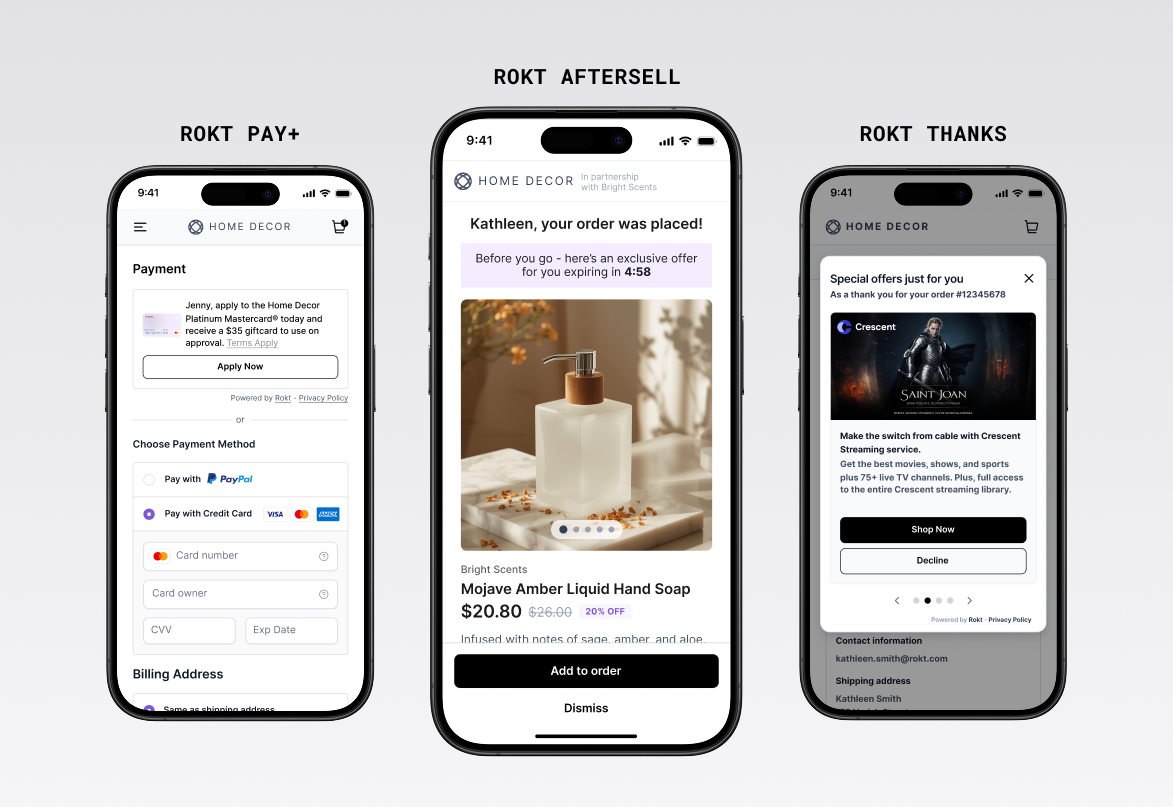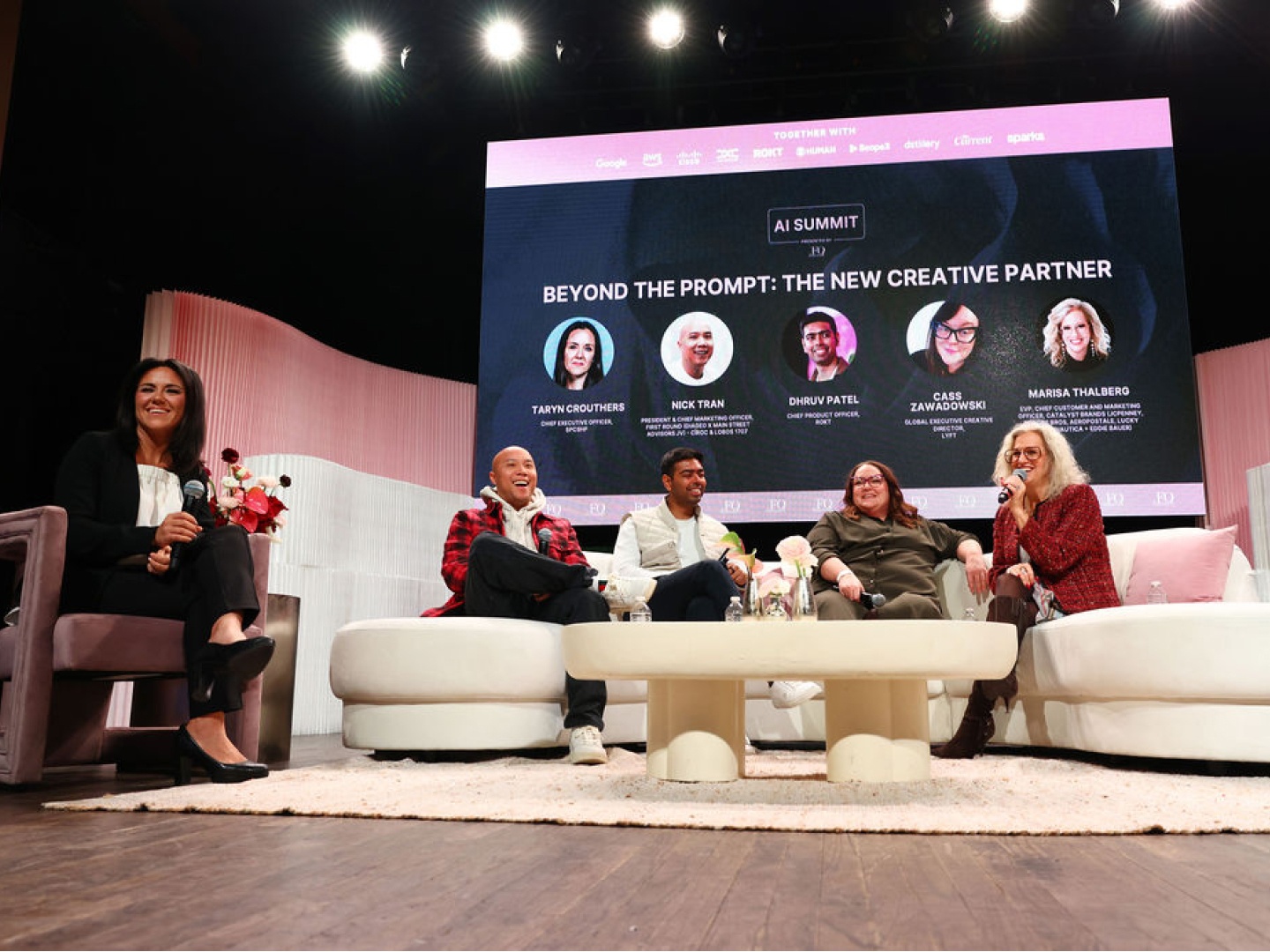What shoppable ads are (and why the promise is finally becoming reality)
Shoppable ads have long been the "north star" of digital commerce: giving customers the ability to take immediate, frictionless action and shorten the path to conversion.
Yet, for years, this vision was hampered by fragmented payment systems, complex inventory synchronization, and immense technical overhead. Despite attempts by the world's biggest companies, shoppable ads haven’t truly worked, until now.
The most visible recent attempts tried to bolt commerce onto browsing and discovery platforms. These efforts have failed to scale because they focused on the wrong moment. Interrupting a browsing session to force a purchase creates an intent gap; consumers are rarely ready to buy immediately. Realizing the potential of shoppable ads requires more than just a "buy button," it requires the right context.
The infrastructure is finally ready
Today, the necessary pieces are in place. Advances in ecommerce platforms have standardized the retail backend, while modern payment rails unlock the potential for secure, embedded one-click purchases. The technology finally makes sense.
Furthermore, the market context has shifted. The proliferation of Retail Media Networks (RMNs) proves the power of on-site placements: customers convert best when they are already shopping.
The Rokt difference: the Transaction Moment
Rokt operates exclusively at this point of high intent. We aren’t trying to pull a distracted browser into a buying mindset; we engage customers who are already committed.
We call this the Transaction Moment, the period spanning from product selection to confirmation when customer attention, trust, and intent peak.
In this context, "shoppable" means the user completes the action (purchase, sign up, or redemption) without leaving their current experience. By meeting customers exactly where intent and trust converge, these embedded actions don't feel like ads; they feel like a seamless extension of the checkout journey.
The market is catching up. In 2025, more buyers are prioritizing shoppable formats after seeing meaningful lifts from native, in-context placements. The future is clear: customers expect to act where they are, not be sent elsewhere to finish the job.

How Rokt optimizes shoppable performance
At Rokt, “shoppable” means customers can convert directly on another ecommerce partner’s site, through embedded, native experiences that align with each stage of the checkout journey.
- Start where intent is highest
We focus on the Transaction Moment, from selection to confirmation, because it’s where attention and intent peak and incremental revenue is unlocked without derailing the core checkout. - Keep it native and simple
Shoppable units are designed to look and feel like the retailer’s site with clear typography, brand‑safe components, and minimal inputs, so customers don’t have to think twice. No distractions, no friction. - Relevance to the page and the person
- On the payment page, Rokt Pay+ prioritizes embedded actions that align to the transaction (e.g., a payment‑method incentive or a relevant sign‑up) so shoppers can complete both without leaving checkout.
- Immediately post‑purchase, Rokt Aftersell can present a one‑click, contextually relevant item, enabling a fast add‑on purchase that feels like an extension of the order.
- On the confirmation page, Rokt Thanks blends offers that traditionally lead customers off-site with embedded actions that can be completed directly within the page, providing rewards at the moment of purchase without creating extra clutter.
- Let AI do the heavy lifting
Rokt’s AI relevance engine, Rokt Brain, evaluates real‑time signals in the Transaction Moment to select the next best action: what to show, where to show it, and when to suppress. This continuous decisioning improves engagement while protecting the user experience. - Minimize redirects, maximize trust
The fastest way to lose a sale is to force a context switch. By completing actions in‑place with clear consent and native user experience, Rokt keeps the experience transparent and brand‑safe while improving completion rates.
These on‑site shoppable ad experiences let customers sign up, start a trial, apply a promo, or buy an item directly within the placement, reducing friction and improving completion rates versus sending people elsewhere.
Where Rokt is uniquely positioned
Rokt brings both sides of commerce into one network: acquire and sell in the same, native environment. Brands can run performance marketing with Rokt Ads while also listing items for native add‑to‑cart via Rokt Catalog. Retailers, in turn, unlock incremental profit across payment, confirmation, and post‑purchase pages without fragmenting user experience or tech, because these are cohesive capabilities on a single platform built for the Transaction Moment.
We operate a closed, privacy‑first network where ecommerce partners and advertisers retain complete control over their data. Partners control which categories/brands appear and how their first‑party data is used; client data isn’t commingled, and the model is designed to fulfill offers transparently and securely, protecting customer trust while enabling real‑time relevance.
Finally, Rokt is proven at scale, serving 7.5+ billion transactions annually for leading brands and retailers, which means shoppable experiences are built to perform reliably under real-world volume and operational demands. That maturity matters when you’re embedding actions in checkout and confirmation.
The upshot
Shoppable ads work best when they’re not a detour. By embedding conversion directly into checkout and confirmation, and letting AI tailor each experience, Rokt helps retailers unlock new profit pools and helps brands convert intent when it’s hottest.









